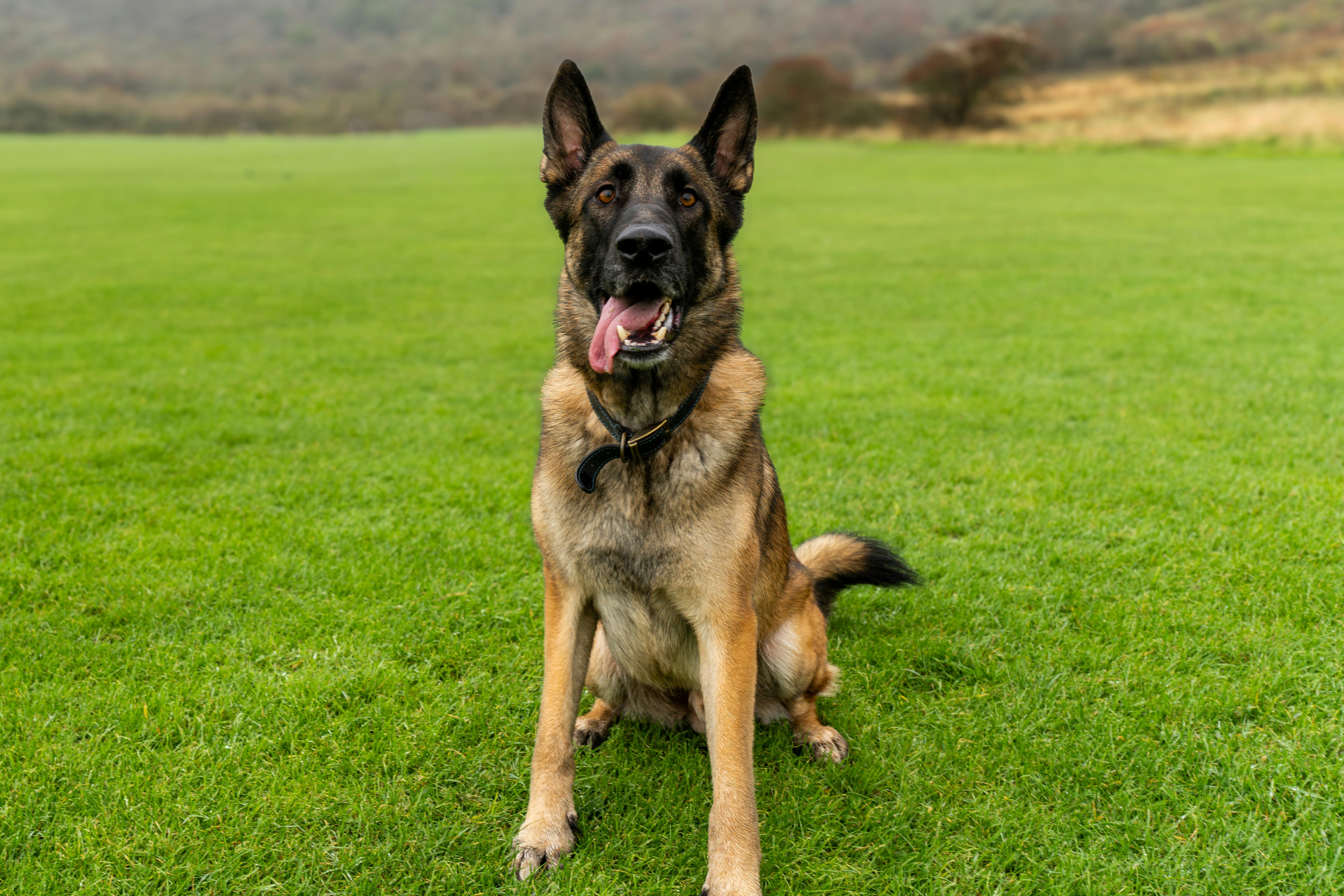
Protection Dog Training: Building a Confident and Reliable K9 Partner

Training a protection dog is a meticulous process requiring a blend of techniques rooted in behavioral science. With proper training, protection dogs become highly skilled, reliable partners capable of personal and property protection.
According to the American Veterinary Medical Association (AVMA), 38.4% of households in the U.S. have dogs, and demand for trained protection dogs continues to rise, especially for personal safety and security roles. In this post, we’ll dive into scientifically backed techniques for training protection dogs, focusing on obedience, defensive tactics, and controlled bite training.
The Foundations of Protection Dog Training
Obedience training forms the backbone of protection dog development. Research shows that positive reinforcement is the most effective training method for dogs. According to a study published in the Journal of Veterinary Behavior, dogs trained with positive reinforcement (reward-based methods) showed fewer behavioral issues compared to those trained using aversive methods. Commands like sit, stay, come, and heel should be well established before moving into protection training.

Key Obedience Training Stats:
- A study from Applied Animal Behaviour Science found that 86% of dogs trained using positive reinforcement were more likely to obey commands in stressful environments.
- Dogs trained with reward-based methods displayed improved emotional stability, reducing their chances of inappropriate aggression.
Defensive Tactics: Teaching Controlled Aggression
Once a dog’s obedience is solid, defensive tactics come next. Controlled aggression, a critical element in protection training, ensures that the dog defends its handler but remains calm under pressure.
Bark Training & Threat Assessment:
- Teach your dog to bark on command when they sense a threat. Research suggests that barking behavior in protection dogs deters over 70% of criminals from engaging with potential targets.
- Your dog must also learn how to assess threats. According to canine behavioral experts, training for controlled aggression reduces the likelihood of an unwarranted attack by 60% compared to dogs that are not given clear defensive training.
Bite Training: Developing a Strong, Controlled Bite
Bite work is a core component of protection dog training but must be handled carefully. Scientific studies emphasize that bite inhibition training, which teaches a dog when to bite and when to release, is crucial for safety and control.
Scientific Data on Bite Training:
- A study published by Canine Science Forum shows that trained protection dogs can apply up to 328 pounds per square inch (PSI) of bite pressure. However, bite inhibition training reduces the likelihood of injury by ensuring the dog releases on command.
- Dogs that undergo regular bite training with controlled aggression are 47% less likely to exhibit uncontrolled aggressive behaviors in non-threatening situations.
Steps for Effective Bite Training:
- Bite Suit or Sleeve Training: Start your dog with bite sleeves or bite suits. A Journal of Animal Science study confirms that repetition in bite work leads to better accuracy, helping dogs target specific areas while reducing the risk of injury.
- Target Areas: Dogs are typically trained to focus on the forearm or leg during bite work. By training the dog to aim for specific target areas, handlers can ensure controlled engagement with assailants.
- Release on Command: According to canine training experts, the “release” command is one of the most vital skills. Dogs trained to release on command successfully disengage 90% of the time within the first 2 seconds.
The Role of Breed and Genetics in Protection Dog Training
Certain dog breeds are better suited for protection roles due to their inherent traits. Studies on canine genetics indicate that German Shepherds, Belgian Malinois, and Rottweilers exhibit higher levels of loyalty, aggression control, and trainability, making them top choices for K9 protection work.

- German Shepherds are used in over 65% of K9 police units worldwide due to their combination of strength, obedience, and intelligence.
- Belgian Malinois have one of the highest work-drive levels among breeds, with research indicating they are able to learn complex defensive maneuvers up to 40% faster than most breeds.
Incorporating Advanced Scenarios
Simulating real-world situations strengthens the dog’s skills and enhances their confidence. Mock scenarios allow trainers to observe how a dog reacts to various threats, helping improve response times and accuracy.
A 2019 study published in Canine Performance Sciences found that dogs trained with scenario-based exercises outperformed others by 30% in real-world defense situations. Advanced scenario training prepares dogs for high-pressure environments, reinforcing their ability to protect and disengage as needed.

Why Emotional Control is Important
A study on canine stress published in the Journal of Comparative Psychology indicates that emotionally balanced protection dogs are 55% more reliable under pressure. Emotional control training enables a dog to switch between protective modes and calm behavior, ensuring they don’t become overprotective or aggressive in inappropriate situations.
Understanding your dog’s emotional state can dramatically improve training outcomes, leading to a well-rounded protection dog that is reliable in high-pressure situations.
Conclusion
Protection dog training is a scientifically grounded process that takes time, expertise, and commitment. By focusing on obedience, controlled aggression, and scientifically supported bite training, you can develop a confident and reliable protection dog.
With tools like DogBase, which tracks training sessions and offers AI-driven insights, you can stay organized and optimize your K9’s progress, ensuring they are always performing at their best.
Unleash the Potential of Your Working Dog with DogBase.
Our innovative platform streamlines training, simplifies data tracking, and leverages AI to optimize performance for all working dog teams.
What our customers says about us
Support & Share
Get Started with DogBase























